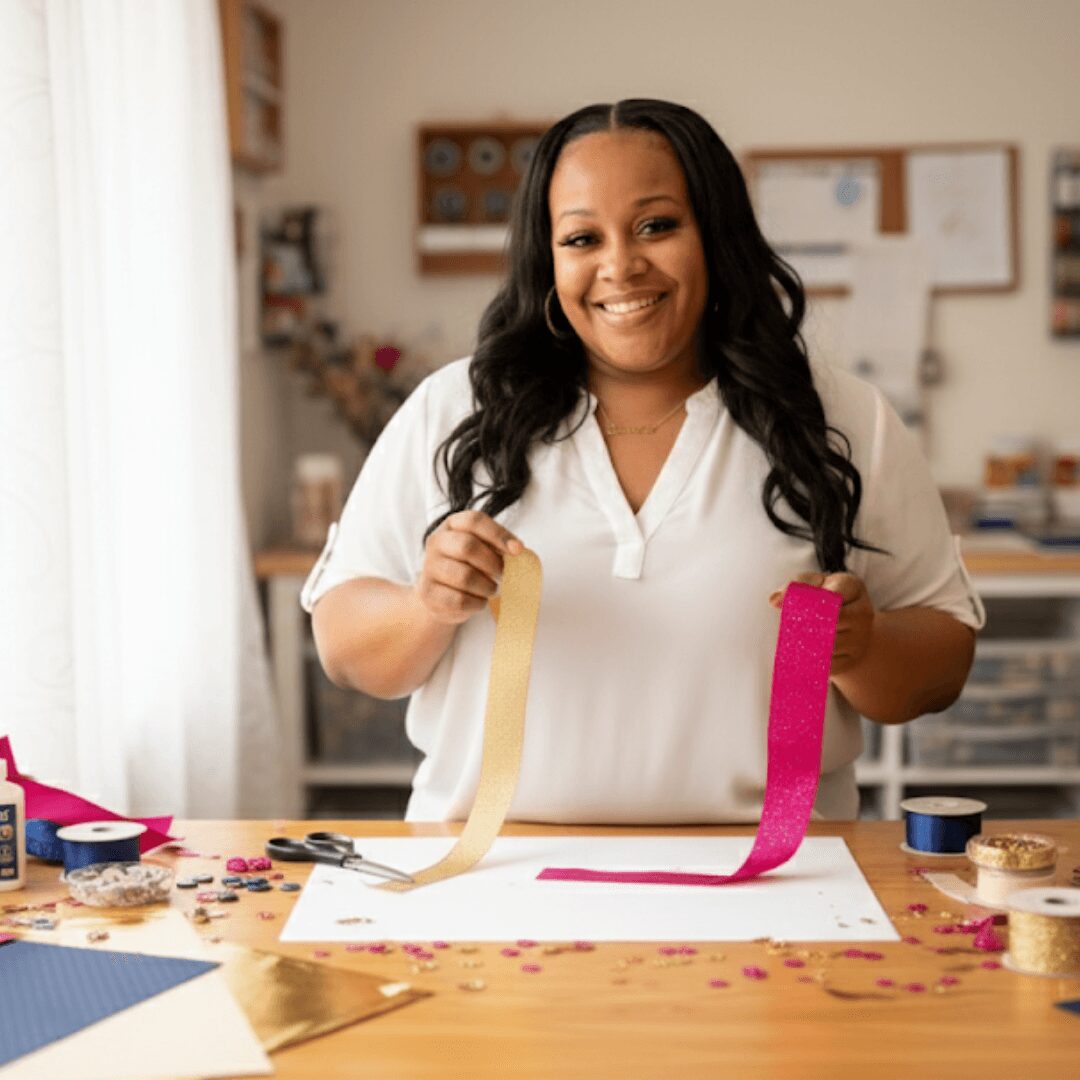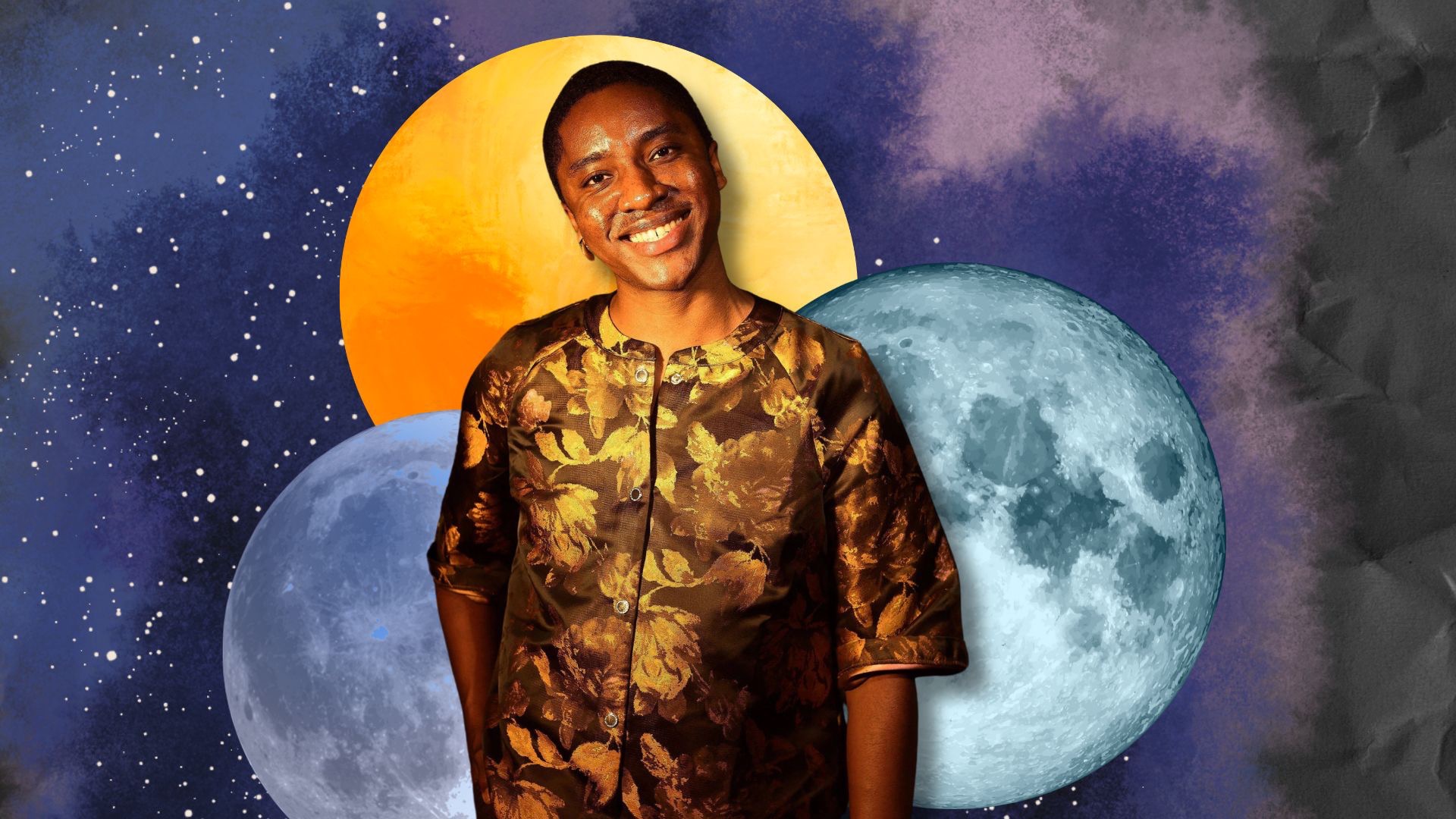We’re excited to introduce you to the always interesting and insightful Livie Casto. We hope you’ll enjoy our conversation with Livie below.
Livie, first a big thank you for taking the time to share your thoughts and insights with us today. I’m sure many of our readers will benefit from your wisdom, and one of the areas where we think your insight might be most helpful is related to imposter syndrome. Imposter syndrome is holding so many people back from reaching their true and highest potential and so we’d love to hear about your journey and how you overcame imposter syndrome.
I’ll be honest and say that imposter syndrome isn’t necessarily something I believe one can “overcome”, or at least it’s not something I’ve fully overcome yet. Actually scratch that, yes I think you can overcome it, but I also believe that being a person with a growth mindset means that you’ll find yourself in situations that are uncharted (at least for you) and for me, uncharted is pretty synonymous with uncomfortable and unknown.
If your path is anything like mine, you are regularly doing something for the first time, and if you are constantly pushing yourself to exist outside your comfort zone, imposter syndrome is likely to creep in. So, it’s entirely normal to feel like you shouldn’t be in a room if you’ve never been there before. As a consultant and a practitioner, I do not specialize in any particular industry, but I do specialize in a very particular process. So often times, when I walk into a room, people expect me to be an expert in the industry their business is in. And even though logically I know that I’m not, and I won’t ever be, imposter syndrome can sneak in and make me feel inadequate or less than for that. I have to remind myself that my strength and my value doesn’t come from being an industry expert, it comes from being someone who can see patterns and opportunities across industries. So my strategy for “overcoming” imposter syndrome is to continue to tell myself that I’ve been invited into a project or a room for a reason. I have unique value that others do not, and if I had the exact same perspective as everyone else, I wouldn’t actually be needed. The other thing I anchor on is “Livie, you have felt this level of discomfort before. You found a path through it then, and you will find a path through it again.” Enough notches on your belt and you start to realize that your personal process for navigating ambiguity can be repeatable, even if the scenarios you have to navigate are not.

Thanks for sharing that. So, before we get any further into our conversation, can you tell our readers a bit about yourself and what you’re working on?
I’m really excited to share that I’ve doubled down on my independent consulting business as principal strategist and go-to-market coach for early stage start ups.
At the moment, my clients fall into two categories:
The first are typically pre-seed and while they often have a strong idea, they either do not yet have the necessary structures in place to build a viable business or they have not clearly defined the opportunity. In this scenario, I will function as a fractional Co-Founder or Chief Strategy Officer to guide founders through the process of defining the market opportunity, defining their unique positioning within it, and identifying the initial business model and customer hypotheses to test. This is often the most ambiguous but the most energizing work for me, because my role is to take something incredibly blurry and make it crystal clear in preparation for funding. Areas of focus for a company at this stage might be: market sizing, value proposition design, customer research, commercial model analysis and pitch deck creation.
The second are companies that have an established offering, are generating revenues and/or are in a position (whether by strong strategic partnerships or large customer demand) to grow and scale rapidly. In this scenario, I will come in and spend 1:1 time with the leadership team, shadow and perform the functions of employees, and immerse myself in all aspects of the business. My aim at this stage is to get a peak behind the curtain and see the good, the bad and the ugly to identify how the current operating model design is helping and hurting the business. At this stage, most companies have bootstrapped their funding, so their operating model looks bootstrapped or “duct-taped”, which is why, with pure love and affection, I like to call it the duct-tape stage. While the duct-tape operating model is to be expected when you’re company is a baby, when rapid growth is on the table, duct-tape is no longer enough to hold the business together, and if scaled in this state, the operational bandaids that were once acute will become chronic. To mitigate this, I map the current state, design a scalable future state model and help define the necessary categories for capital allocations ahead of the scale phase.
Over the past year, I’ve supported four companies, two in each category, so on a personal level, what I’m most blown away by is that every company I’ve worked with has found me through existing relationships. On a professional level, I’m energized because I believe there is a gap in the market for this kind of capital and consulting combination. Between my strategic advisory services and my partner on the capital side, we are proud to be providing this unique offering to entrepreneurs who would otherwise at this stage find the level of guidance we provide cost-prohibitive. By pairing consulting with capital, we are aiming to design better businesses from day one, resulting in greater returns for investors and greater impact to customers and their communities.
If you had to pick three qualities that are most important to develop, which three would you say matter most?
1) Open-mindedness. This has always come naturally to me and was fostered further by my mother, but I am incredibly grateful to have been trained as an ethnographer and design researcher well before developing experience in business strategy. The human-centered approach to business is something I will never forsake because it allows me to be a seer, a shaper and a navigator rather than someone who is prescriptive or dictatorial.
Advice: This one requires humility. It requires curiosity. It requires being the first to acknowledge when you don’t know something. It requires understanding we’re all part of something bigger. It *typically* requires some therapy. Do whatever you have to do to get out of your own way and allow yourself to learn from other people.
2) Risk-taking. This is something I learned from my father. He taught me the importance of a “high-risk, high-reward” mindset but also taught me how to be incredibly calculated about when, why and how you take those risks. It is this mindset that has catapulted both my professional and personal growth, and has primed me for working in the new venture space.
Advice: You can’t assess risks without understanding your assessment criteria. One of my personal advisors recently told me to clearly articulate my “why” so that there is no doubt about what true north looks like on my compass. Once you have something to evaluate your questions against, decisions are easier to make.
3) Time-blocking. I’ve realized everyone works differently, and the best part of working as an independent is that I have created a schedule that allows me to optimize and harness my energy, and thereby allows me to provide the most value to the people I work with.
Advice: It took me way too long to figure this out for myself, so the advice I have here is take the time to listen to what your body is telling you, and if you don’t have the luxury of creating your own schedule, advocate for a structure that you can function within. For example, when I have worked for larger firms in the past, I have explained to them that I’m a delayed processor and am much more efficient and creative when I have time to think. Having back-to-back meetings was not conducive to this, but for anyone who has worked in consulting, you know that non-stop meetings has become the norm. To make sure that I wasn’t getting burnt out or doing my actual work after hours when there was quiet time, I blocked “thinking time” on the calendar and asked colleagues to treat this time as if it were a scheduled meeting. Most importantly, I let people know “thinking time” was adjustable, however, my only ask was that if someone wanted to schedule over it, they needed to ask my permission first. It may feel scary to set this kind of boundary, but it was a game-changer for me!

Okay, so before we go we always love to ask if you are looking for folks to partner or collaborate with?
I am absolutely looking for people to collaborate with. If you are an entrepreneur looking to start a business, let’s talk! If you have an existing business and are getting ready to grow and scale, let’s talk! If you are looking to deploy capital but want that investment to be partnered with strategy, let’s talk! I’m really excited for what’s to come.
- Linkedin: https://www.linkedin.com/in/liviecasto/

Image Credits
Andrés Mercado
so if you or someone you know deserves recognition please let us know here.




